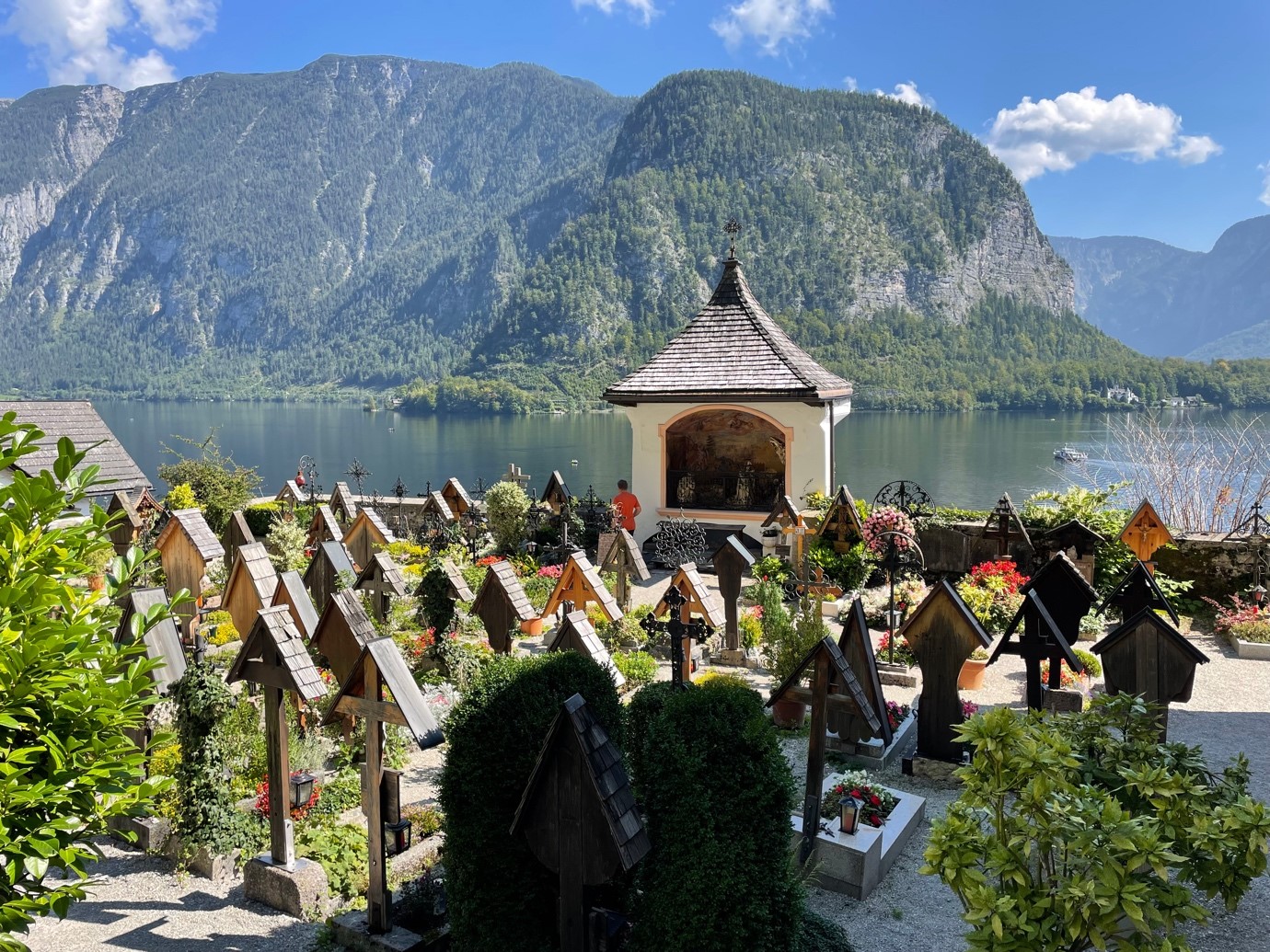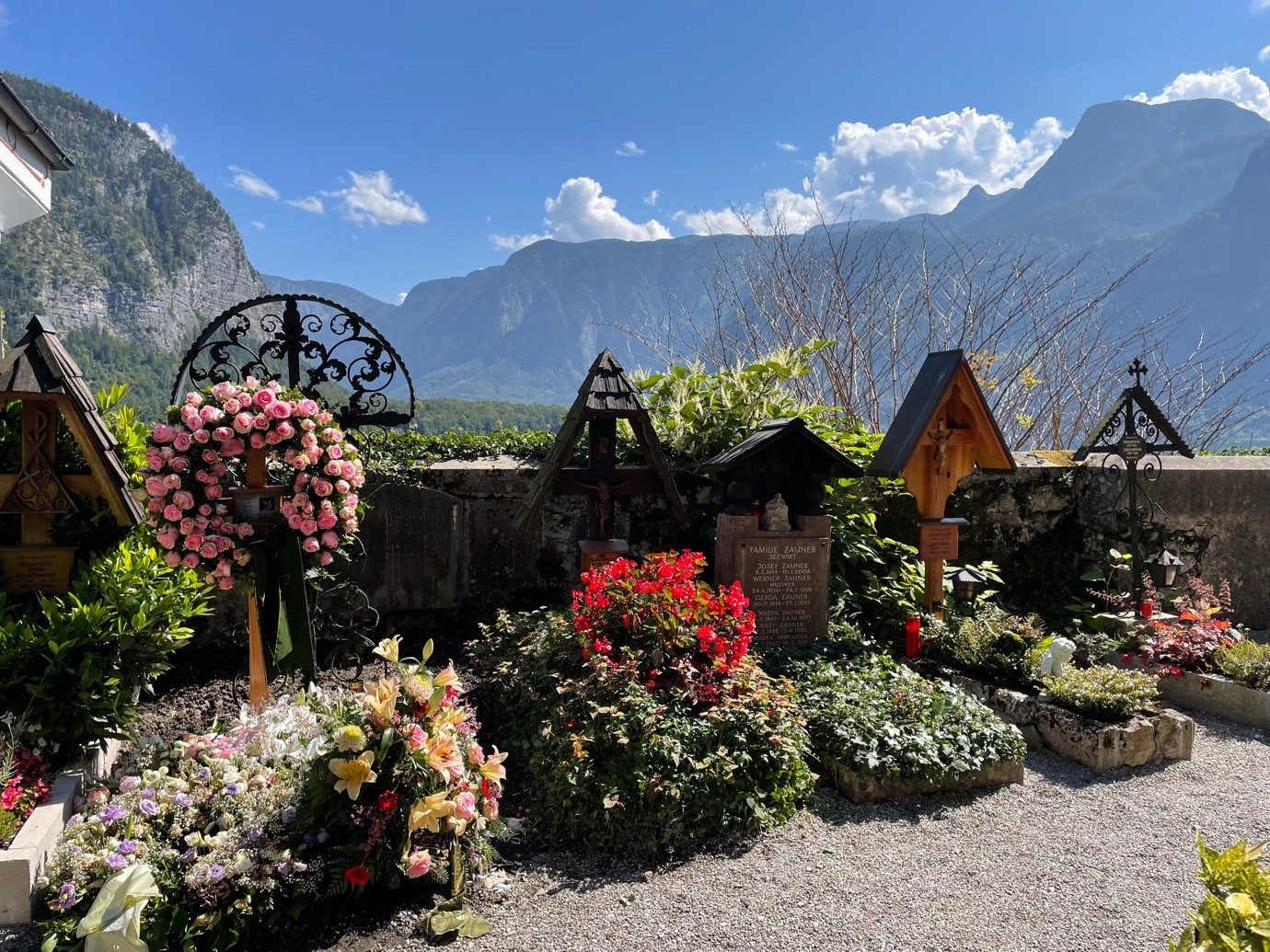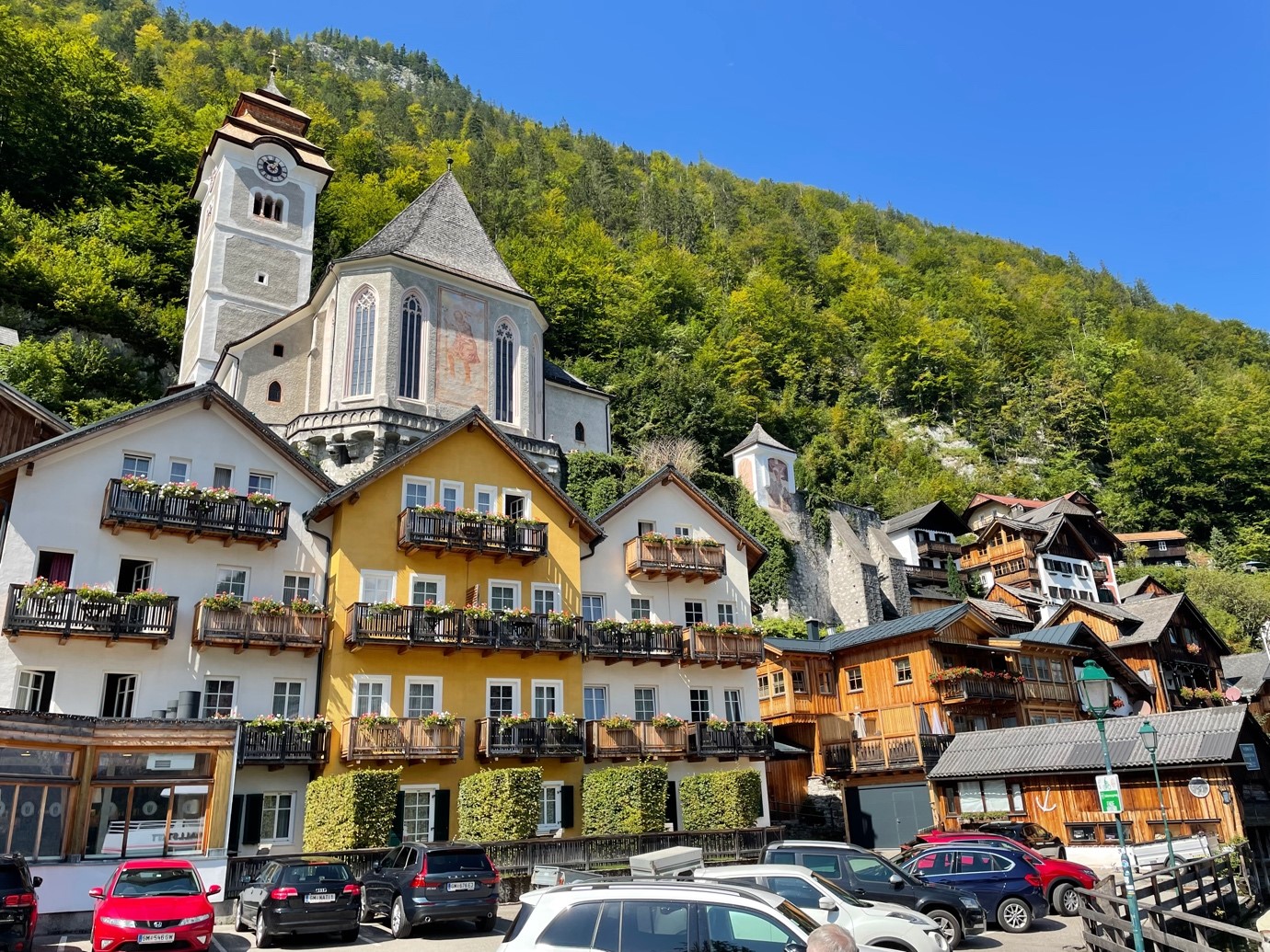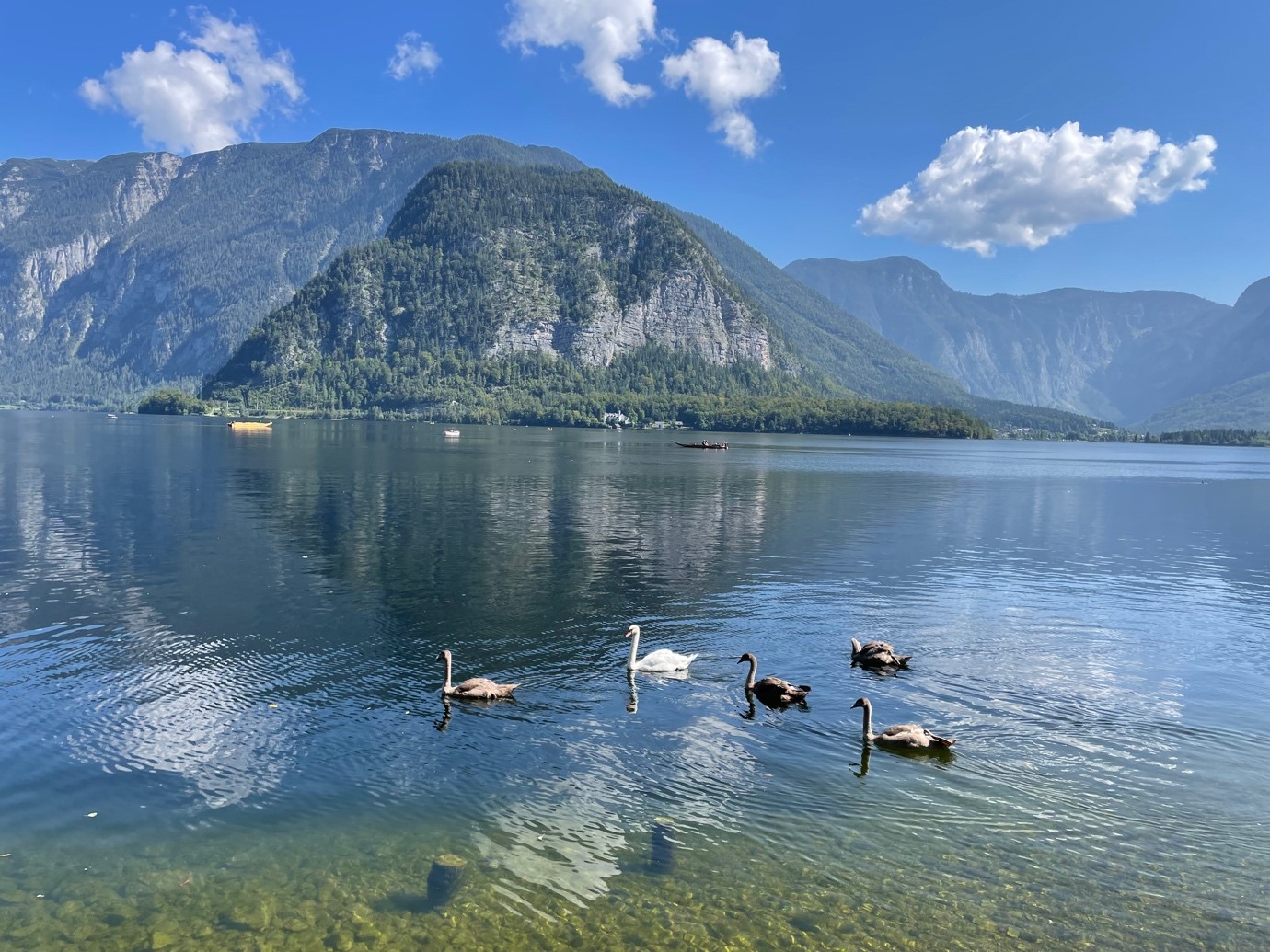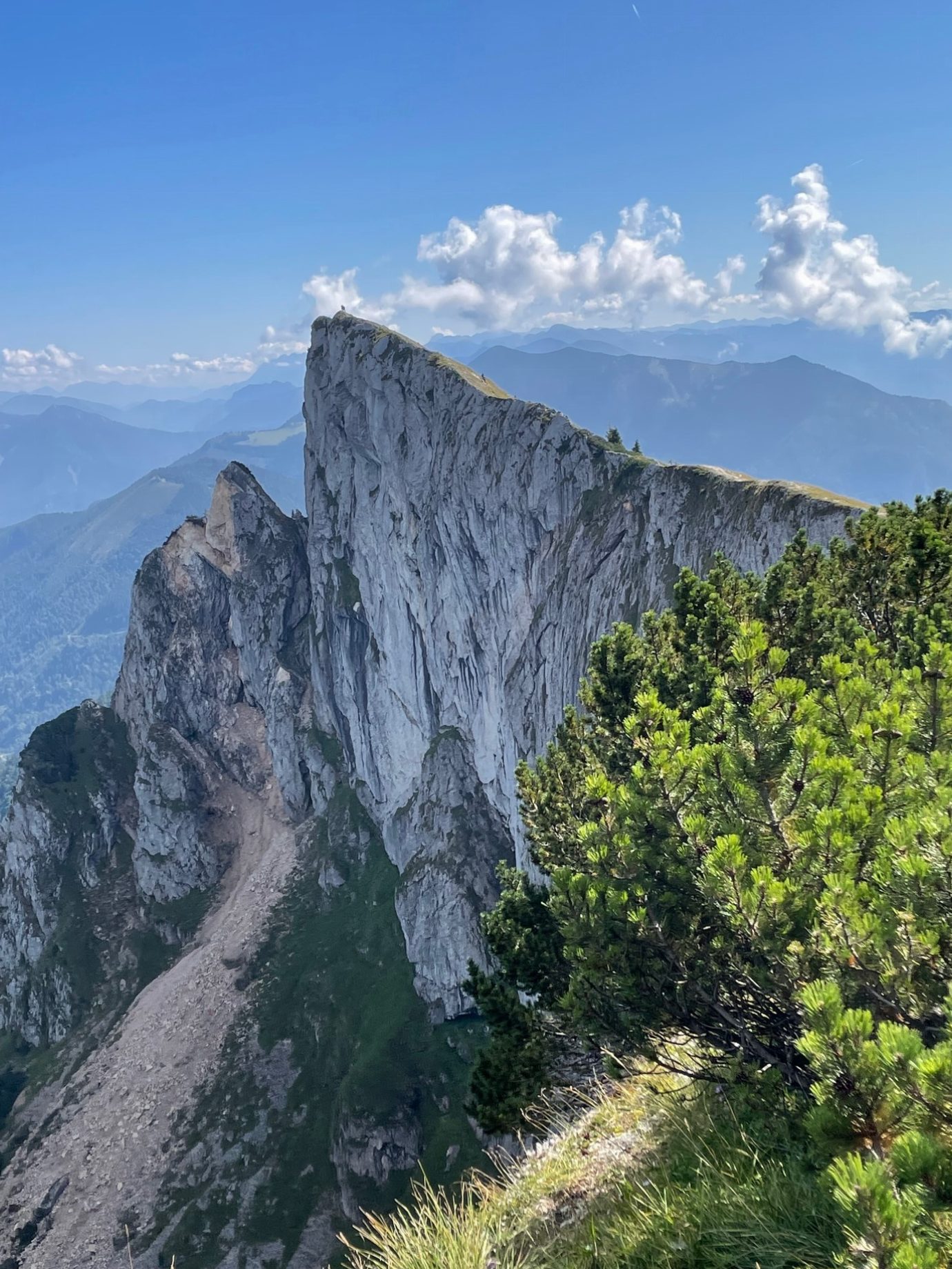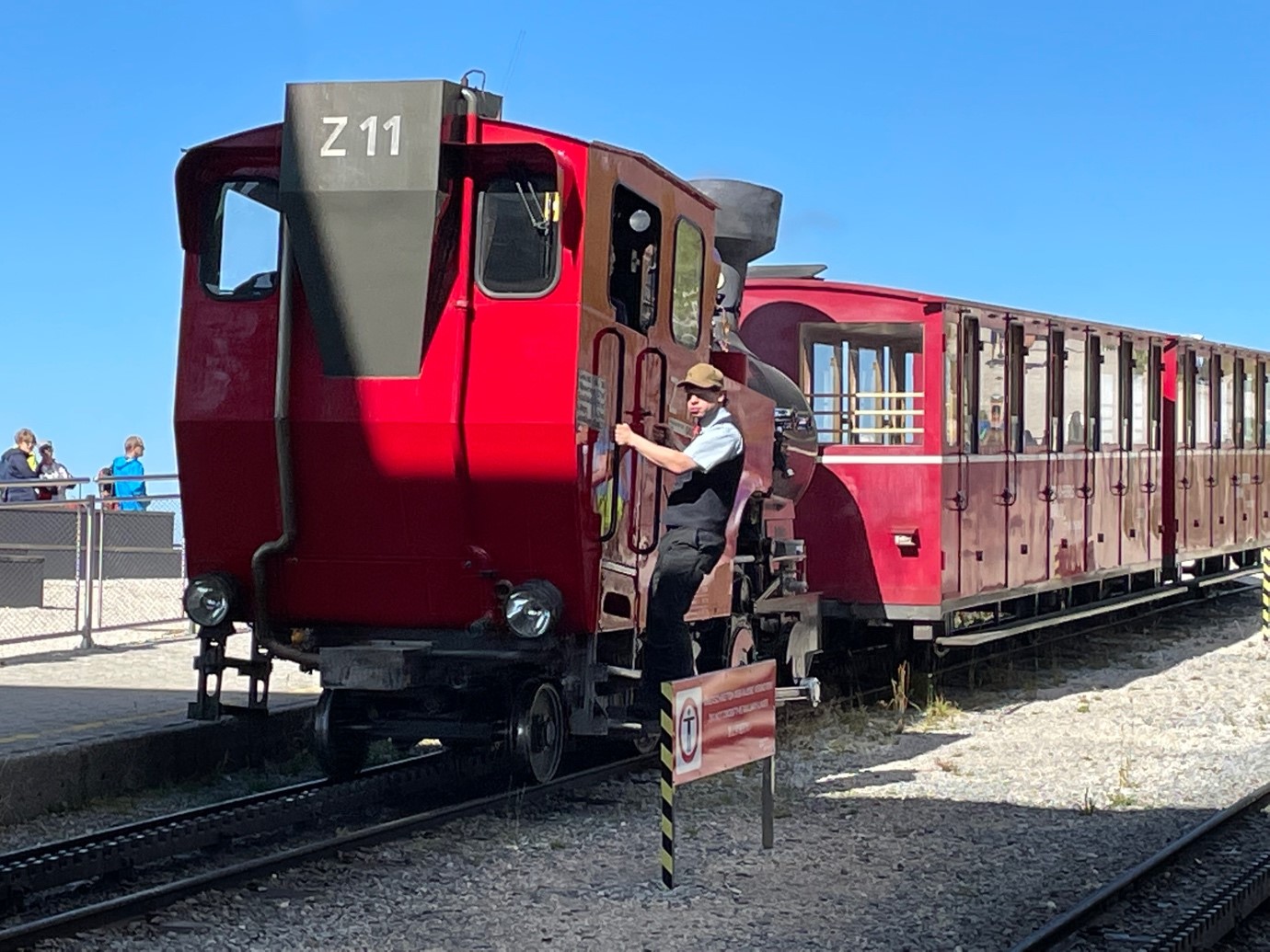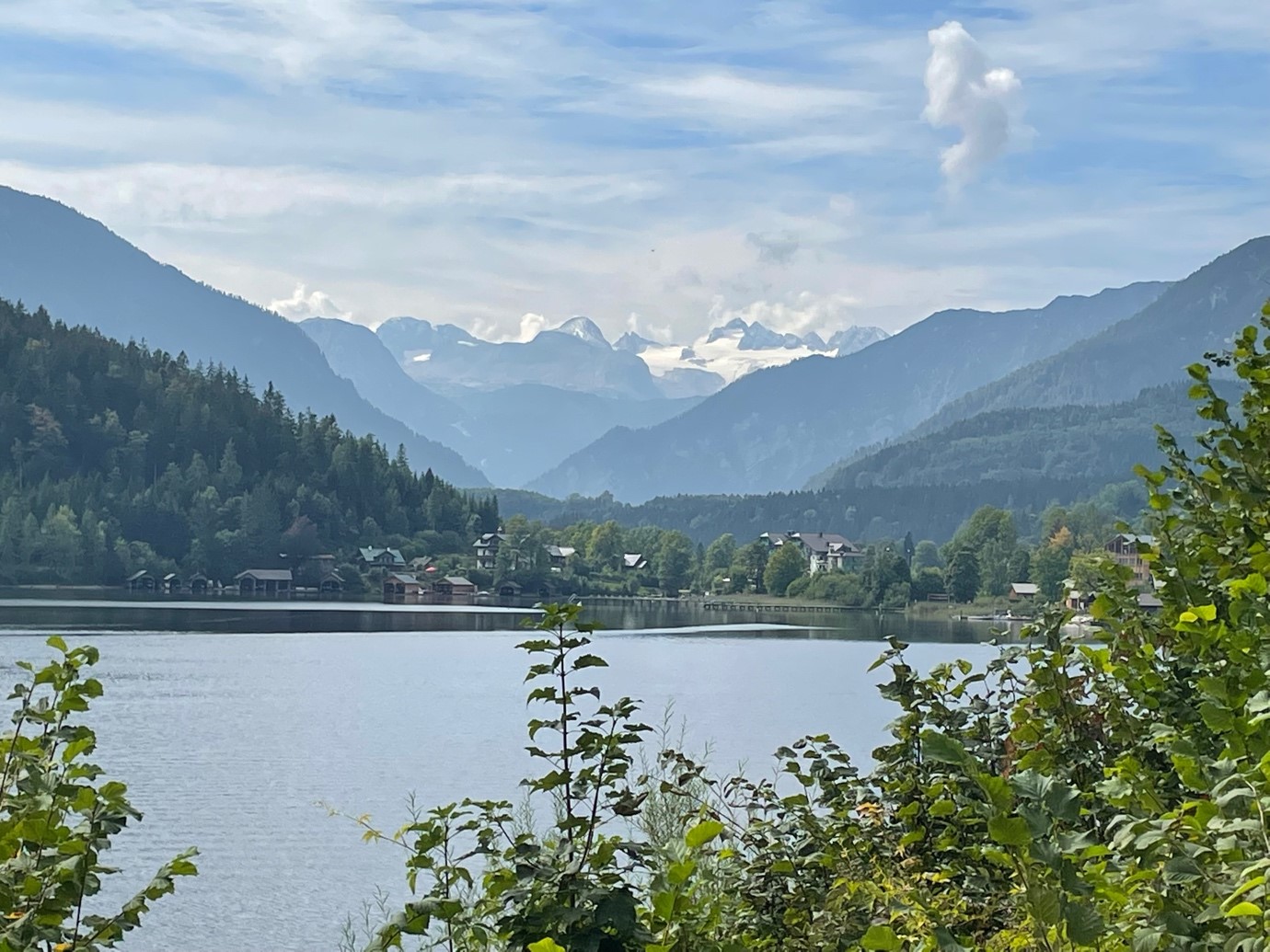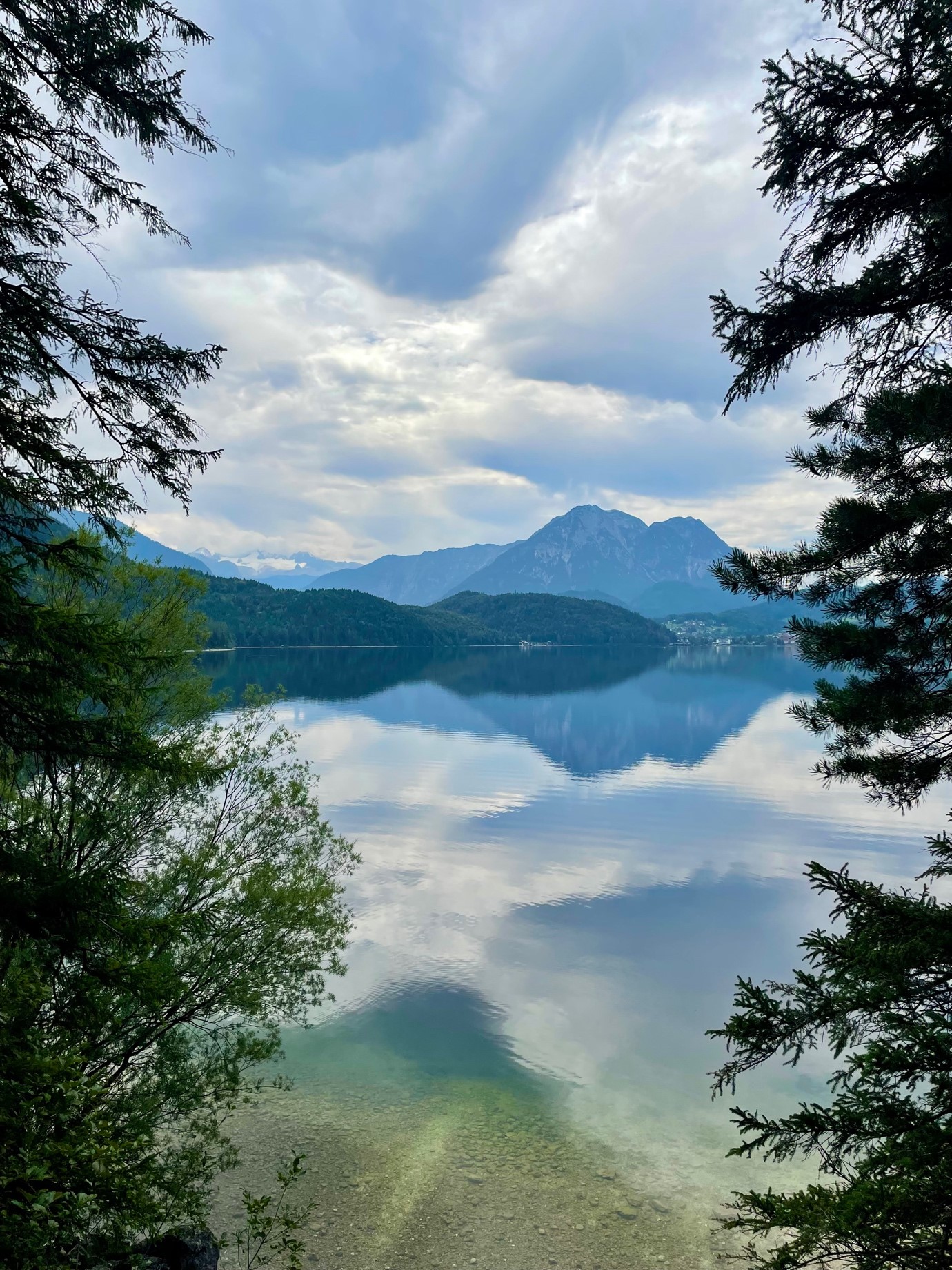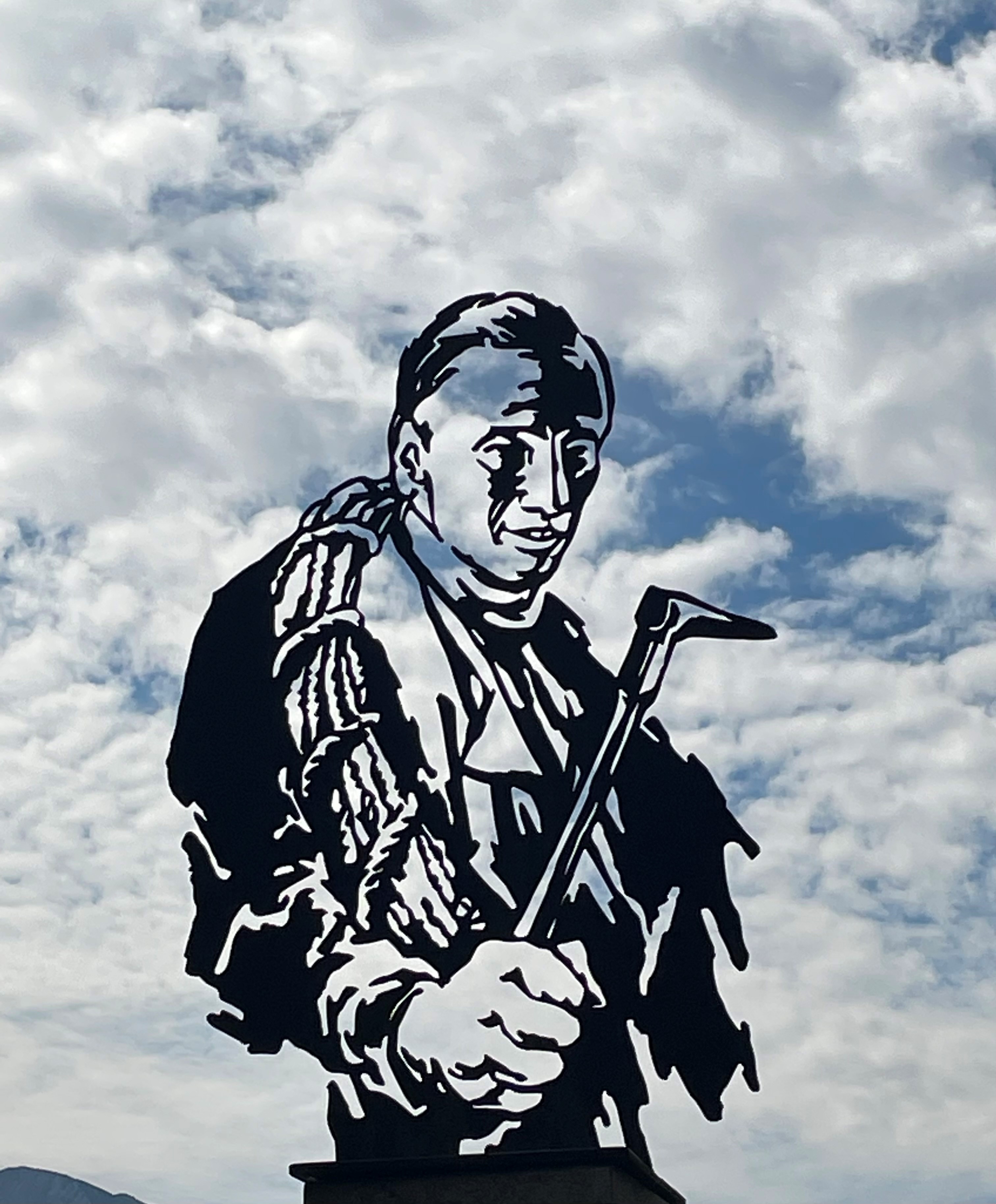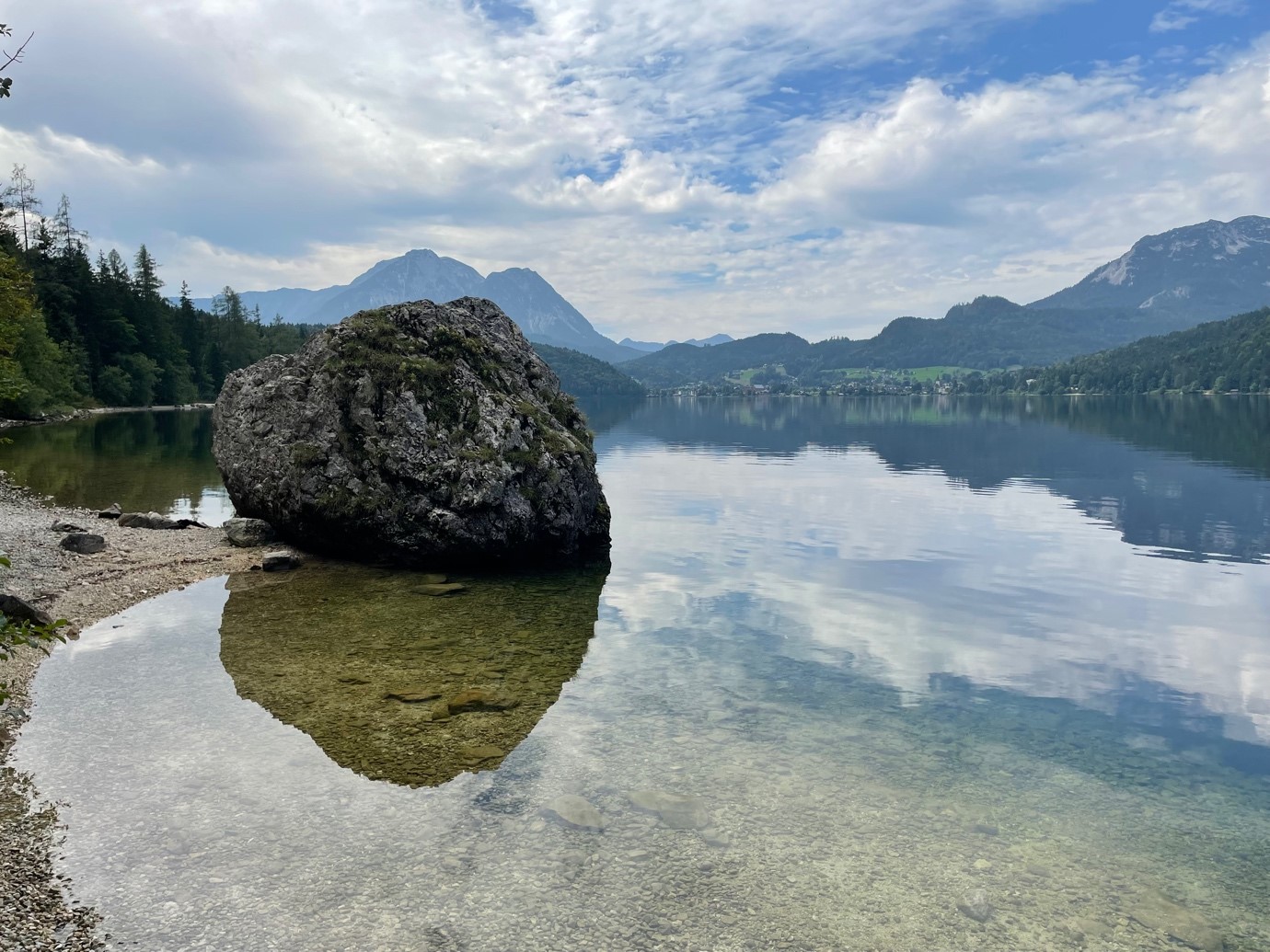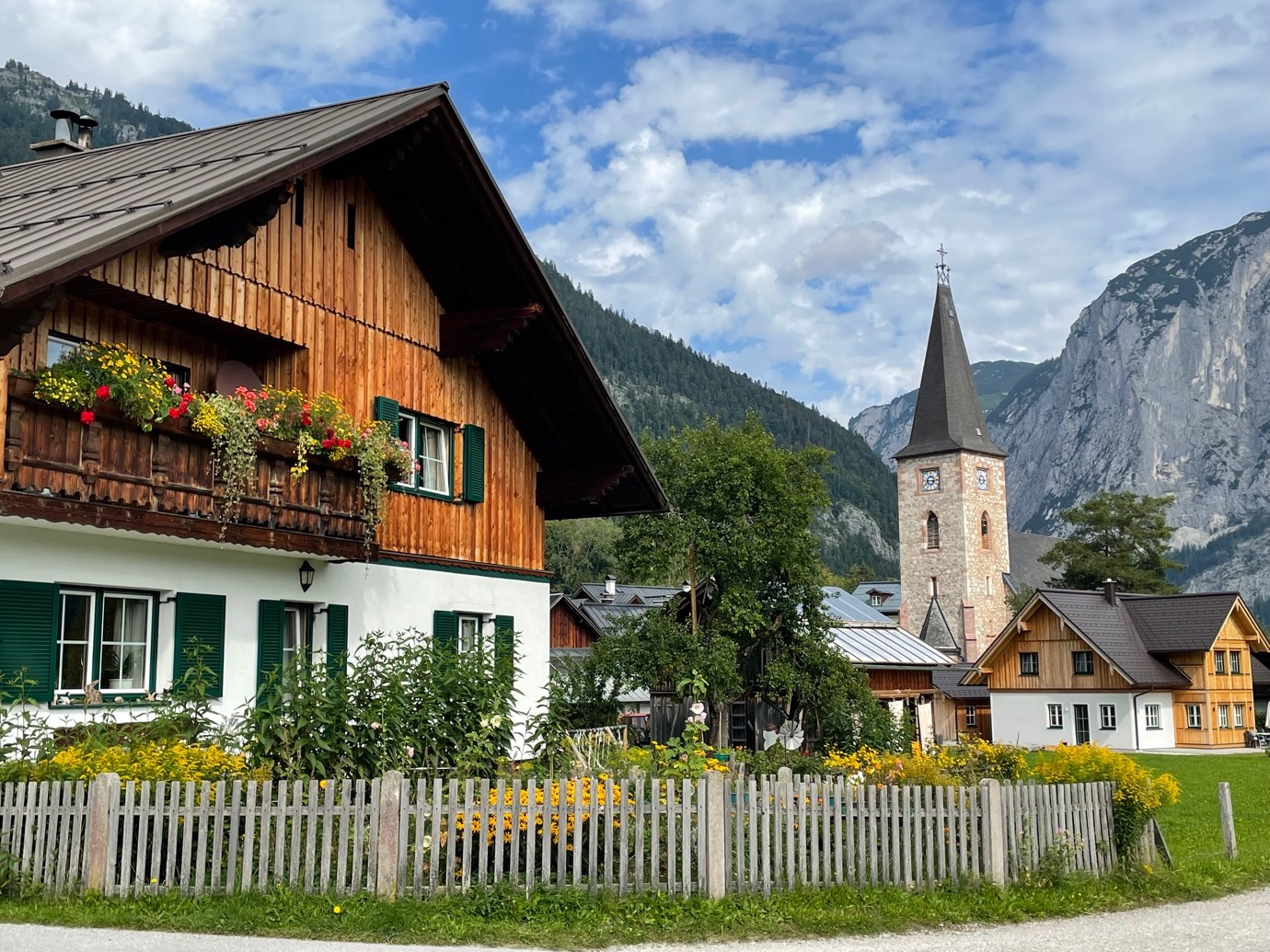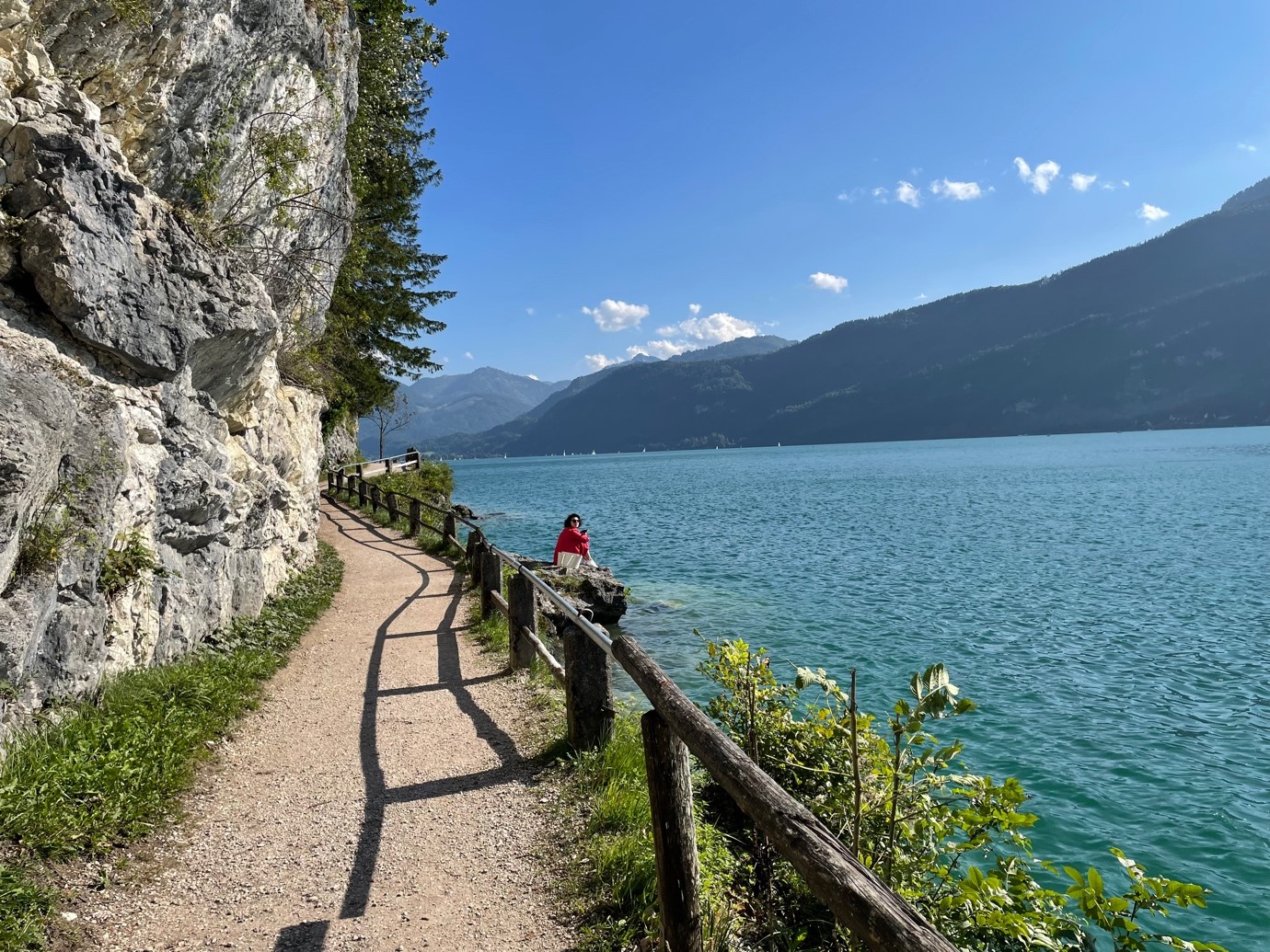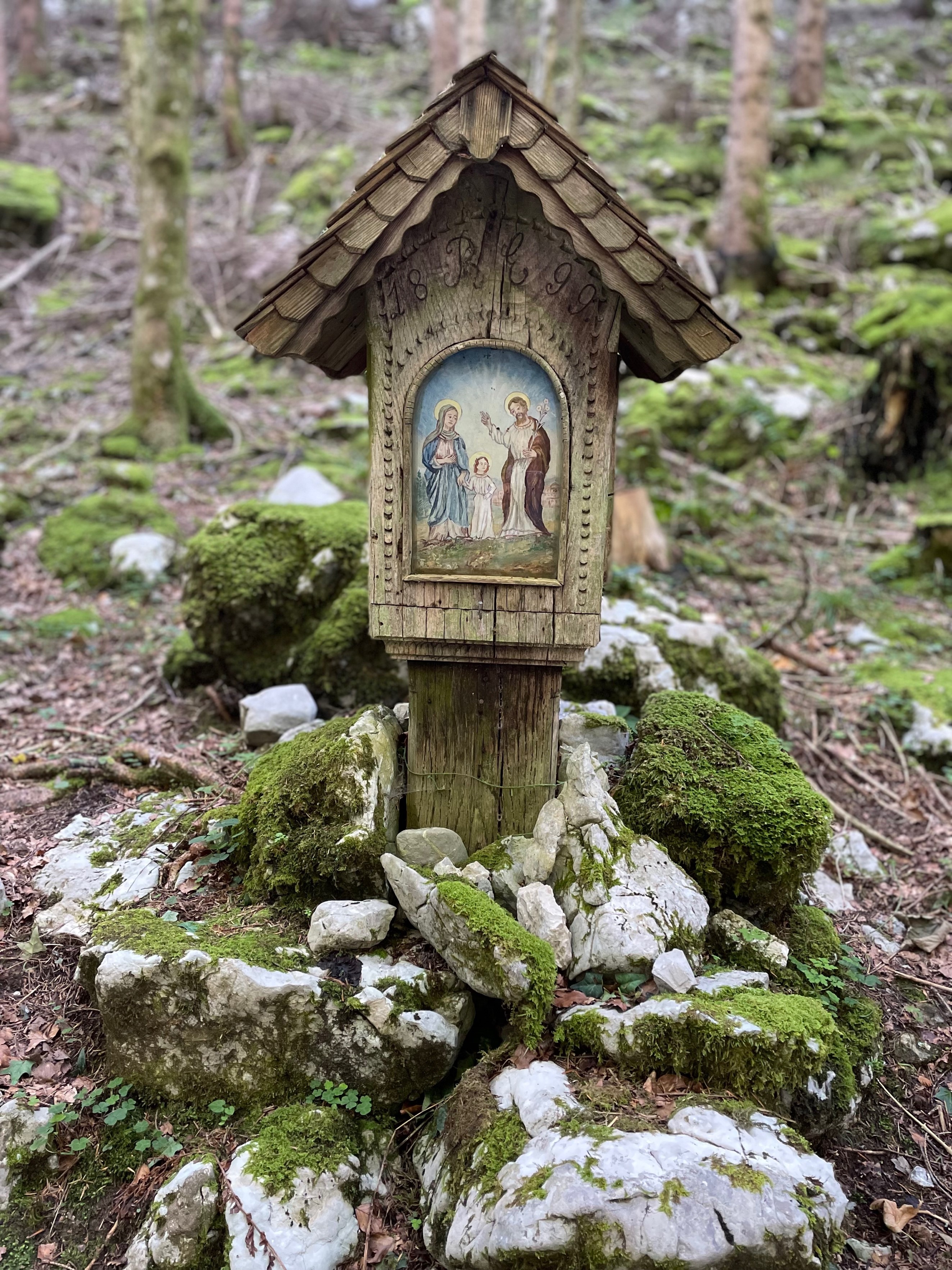Salzkammergut in Austria, by Garyo
Recently, I visited the region Salzkammergut (salt domain) about 3 hours car drive west of Vienna. Although I have known this area since my childhood, I again was intrigued by its beauty and history. I would love to share the beauty with you!
View from the Schafberg (sheep mountain) down to Wolfgangsee
The Salzkammergut got its name from the salt mines previously belonging to the Habsburg monarchy. One of the most famous mines is the salt mine of Hallstadt, which goes back to the 12th century BC and still excavates salt today. The culture between 12th and 8th century BC is referred to as Hallstadt Culture. Salt at this time was more valuable and expensive than gold.
Hallstadt and the Hallstaedter See (lake)
Cemetery of Hallstadt. The cemetery is divided in two parts – the upper part for the Protestant population and the lower part for the Catholics. This is the Catholic part.
It is the custom in Austria to take good care for the grave of the family. Each grave is a little flower garden and is absolutely beautiful. In the grave to the left, just recently somebody was buried. It is covered by flower wreaths.
The space at this Alpine cemetery is very limited and the people had to find a solution for that. Since the 17hth century, the skeletons of the diseased were taken out after several years in the soil, cleaned, put in the sun for bleaching, painted and stored in the ossuary. This custom even lasts to today, although only a few decide to end up in the bone house.
View from the shore of the Catholic church and cemetery of Hallstadt
Hallstaedter See
Restaurant at the Wolfgangsee, mainly accessed by foot or by boat
Since the 19th century, the Salzkammergut became a favorite place to go on vacation.
Even the emperor went to his palace in Bad Ischl to rejuvenate. Therefore, keeping the beauty and originality was essential and still is to today. Many international tourists come to visit this area. However, due to Covid regulations, Salzkammergut this year was visited mainly by Austrians like in former times.
Top of the Schafberg (sheep mountain)
Restaurant on the Schafberg with the view to Mondsee (moon lake)
Nature trails, little restaurants and cabins for refreshment and food serve every type of hiker. This time, I did not hike up to the top of the mountains, but took either a coq train or a gondola. Relaxing boat rides and walks around the lakes were also enjoyable.
Traditional coq train going up to the top of the Schafberg
The beauty of Salzkammergut is spectacular. Emerald green glacier lakes reflect the surrounding mountains, with the highest mountain being the Dachstein (about 9000 feet) covered by a glacier.
Dachstein glacier above Lake Altaussee
Walking around the lake of Altaussee provided many magical views of the Dachstein glacier
A monument to one of the first leisure mountain climbers, Paul Preuss (1886 – 1913), born in Altaussee
Every lake has crystal clear water. Motor boats or any other noisy and polluting water vehicles are forbidden. Some areas even forbid bathing and fishing in order to protect nature.
Typical Alpine house with church in the background in the village of Altaussee
Walk around part of Wolfgangsee
A typical way to capture spring water
One of many typical shrines
The Salzkammergut is a World Heritage Site and, therefore, a protected area. Although it is sometimes overrun by tourists, it still keeps its original character. Many people living in this area still dress in the traditional Dirndl and Lederhose and nearly every village has its own music orchestra. The mountains and lakes are spectacular. It is one of my favorite places to hike. I hope you could enjoy the beauty with me.
Garyo
—–
The above pictures and comments are by Garyo Gertraud Wild, our sangha member
and our favorite contributor of her travelogues all around the world to our blogsite.



